The best strips of 2022
Peter Breedveld
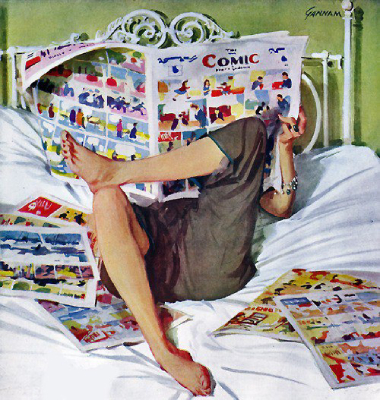
Illustratie: John Gannam
My year list of comics, manga, bandes dessinées and graphic novels is a mixed bag, I think. I got some horror, some autobiography, books about modern life, the ordeal of being a woman in a man’s world, some crime, some adventure and fairy tales.
Looking at it, there’s one big theme in all of these works and that is anxiety. It’s a beautiful world out there in a very sorry state. There is a lot of work to be done, not least on ourselves. That’s what all these books are telling us.
10) Aude Picault: Amalia
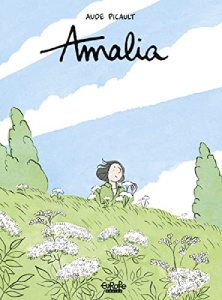
Amalia is about a working mother dealing with the pressures of modern life. She manages her chaotic family of headstrong individuals and has a demanding job for a company that could be any middle management job for any company, speaking in interchangable platitudes about goals and targets. Meanwhile a virus is threatening the world’s food supply, the environment is suffering from the way of living by billions of people just like Amalia and Amalia’s own health is detoriorating. Things clearly have to change.
Aude Picault is laying it on thick in Amalia, which is a moralistic tale about the need to slow down and live consciously, but she does it with dashing grace and light humour, with elegant and energetic drawings.
I read the book in its original French but there’s an English translation.
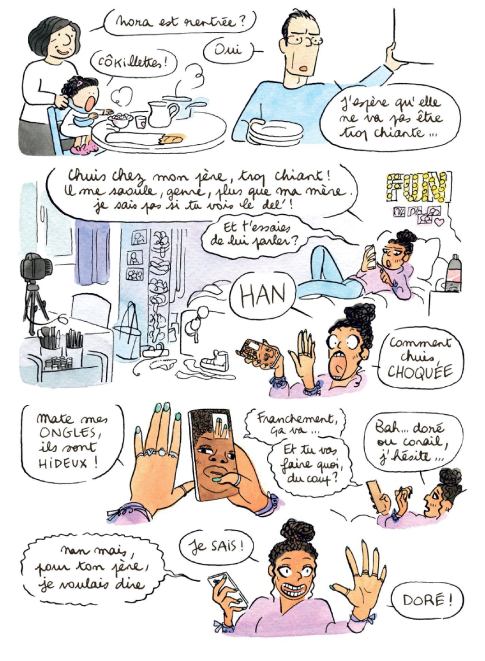
9) Kate Beaton: Ducks
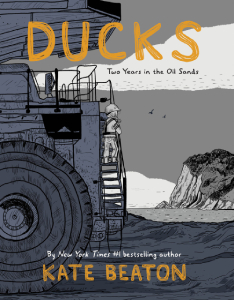
I usually dislike graphic novels which everybody is hysterical about, there’s one every year. The artwork is almost always unappealing (graphic novel snobs seem to hate good art) and the stories are depressing and often there is a certain cranky smugness about them. This year everyone is raving about Kate Beaton’s Ducks and although the book meets all the criteria I mentioned, it is a really good book.
Ducks is an autobiographical recount of Beaton’s time at Canada’s oil fields, where she went to work right after graduating university in order to pay her enormous student debt. It’s an environment dominated by mainly men, so she immediately had to deal with the rampant sexism and of men hungry for women (including women telling her they mean well and that she should be glad to be so desired). What begins with inappropriate remarks culminates into harassment and even rape.
Apart from that there are many deadly accidents on the work site and there’s the destruction of the environment which both the government and the oil companies are lackluster about. Beaton tells the story of the dark side of a country widely considered to be progressive and egalitarian. She does it well, takes her time, builds up tension but also atmosphere, with minimalist drawings that are effective and have a certain elegance. It is all very grey and quite depressing, though.
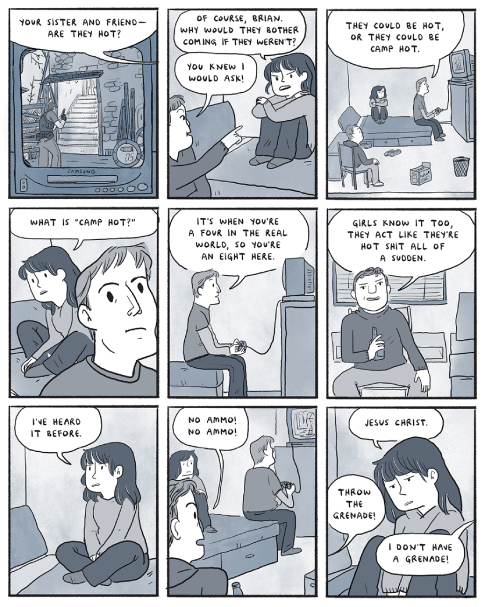
8) Umezu Kazuo: ‘Orochi Part 1′
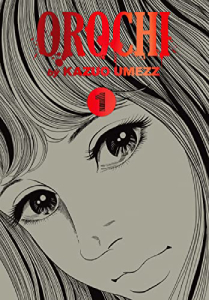
I am on a journey of discovery through the classic manga and all these writers/artists that everybody knows are mostly new to me. Umezu’s (or Umezz, but I don’t see how you get a double Z in Japanese) name I know from a couple of horror films I’ve seen. His work strikes me as pretty conventional horror stuff, very well done. Romantic and often extremely hysterical and intense. Umezu knows how to make something really scary. His horrors jump at you from the pages. This year a couple of Orochi books were released, but I have read only the first one so far. I think they’re ideal for the winter months to come.
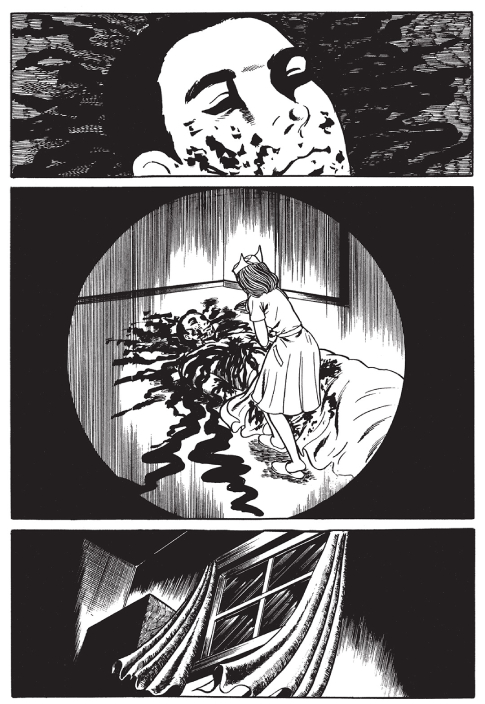
7) Inuki Kanako: ‘Be very Afraid of Kanako Inuki!
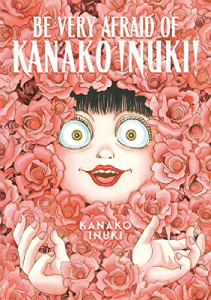
In Japan you write people’s names with the surname first, hence the reversal of surname and first name above. Be very Afraid of Kanako Inuki! contains six short horror stories which I think are undeniably feminine, because the horror is mainly psychological (although things get pretty graphic) and based on issues like beauty standards, sister rivalry, sexual intimidation and bullying.
Inuki is a very skilled graphic story teller, her page layouts are amazing, the sequences are cinematic, with dramatic shifts in perspective and extreme close-ups. Some of her stories are very creepy and get under your skin, like the one in which a young girl bullies an old woman for no apparent reason, or the one in which a guy falls in love with a child and turns her into a grown-up overnight, so he can have sex with her.
You can read this book for free at this site.
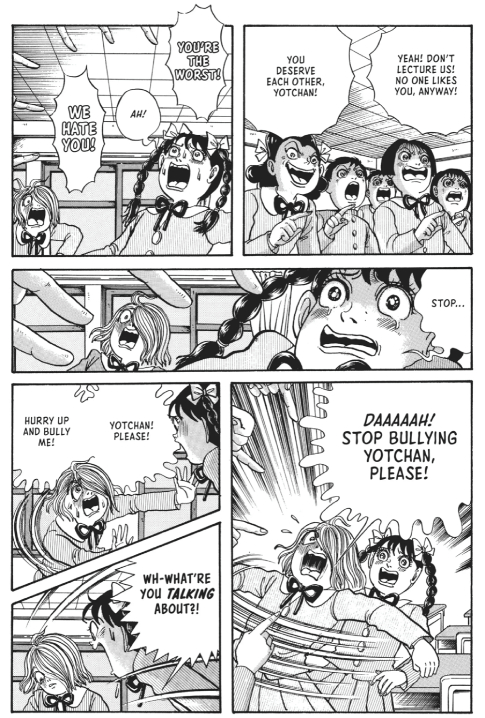
6) Yamada Murasaki: ‘Talk to my Back‘
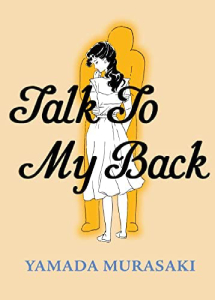
A suburban middle class house wife with writer’s aspirations is gradually fed up with her inattentive husband and the straight-jacket of a patriarchal society. The fight for her personal freedom gets serious when he starts cheating on her. This was serialized in a Japanese magazine in the eighties and I believe the stories are based on Yamada’s own life. They are recognisable and empathic, with crackling dialogues and tangible tension. The art is intelligent and graceful, there’s a certain poetic quality in it.
Available here.
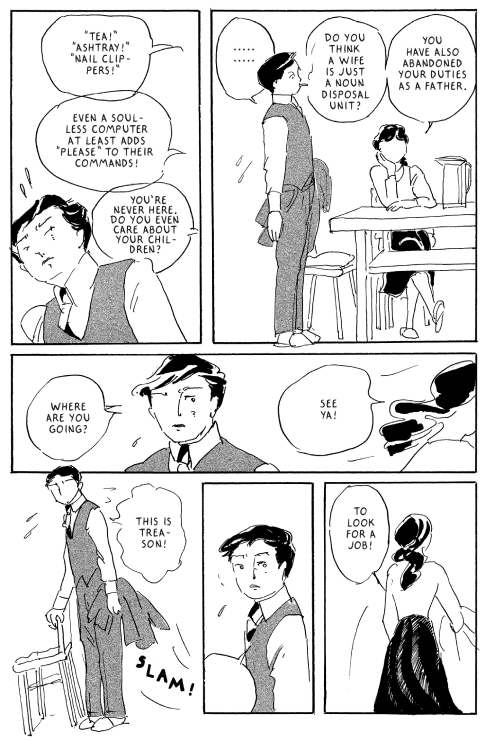
5) Igarashi Daisuke: ‘Witches‘
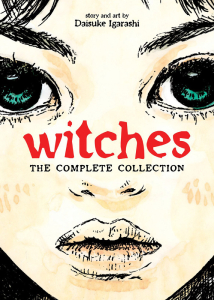
A collection of incredibly intense, very political stories set in different places all over the world, about corrupt powers messing with ancient forces and how unwise this is. Igarashi is a very gifted storyteller, with a unique drawing style. His sequences are very dramatic and cinematic, with a compelling flow and actors that feel very real. Beautiful stuff. Available here.
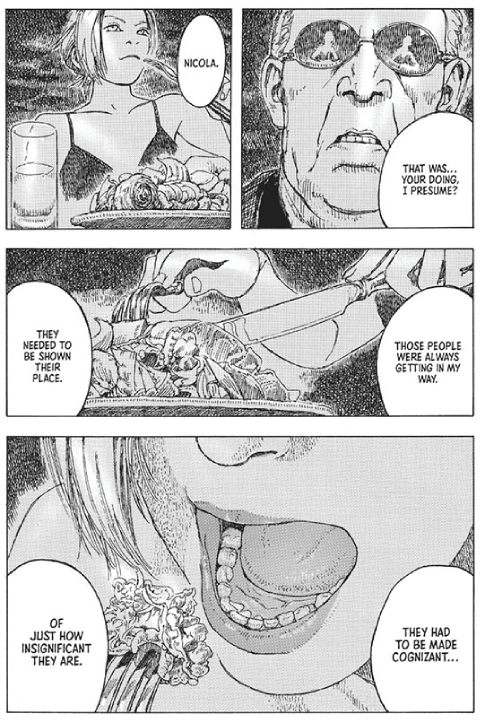
4) Ed Brubaker and Sean Phillips: ‘Reckless: The Ghost in You‘
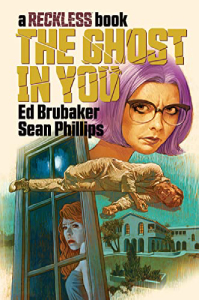
I’ve been following Ed Brubaker’s work for quite a while and especially liked the crime noir comics he makes with illustrator Sean Phillips, who has a somewhat retrospective, minimistically realistic drawing style. But I got a little tired of it and lost touch with their work for a few years. This past summer I felt like a good crime story to read on my holiday, picked up the first three books of Reckless, about a former FBI agent who is now a sort of unlicensed private eye and his female, purple-haired assistant and boy, I was totally captivated by them. It was like reading hard boiled crime movie with Neo-Nazi’s, corrupt politicians and of course femmes fatales, set in Hollywood in the eighties. This year a fourth story came out, involving a supposedly haunted house with a treasure hidden in it, The Ghost in You. Immensely fun read.
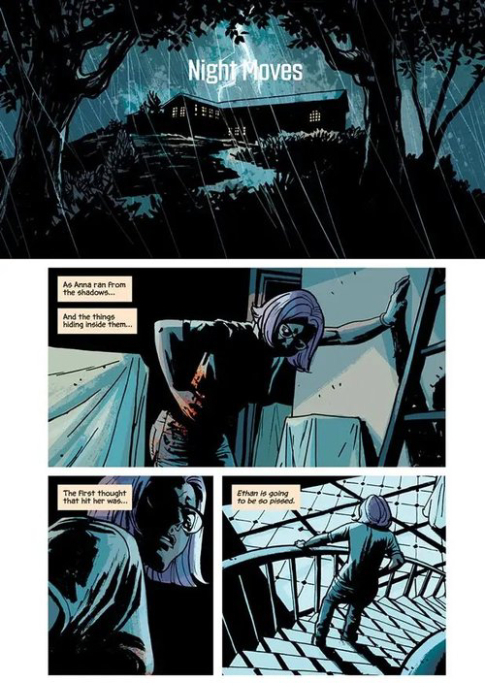
3) Hagio Moto: ‘Drunken Dreams and other stories‘
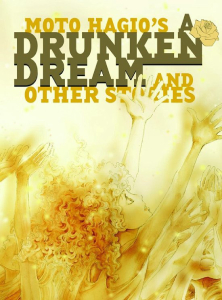
I have been waiting so long for the reprint of this classic, I consider it a new release. Hagio Moto (last name first in Japan) revolutionized girls’ manga in the sixties and seventies. She took the well known tropes about love and romance and princesses and fairy tales and turned them upside down and inside out to give her readers something to think about role patterns, gender, sexual orientation, societal expectations, societal pressure, alienation, filial piety, pain, suffering, you name it. Ten stories that are as captivating as energetic and dashing and everything.
If you know Dutch, you can read my complete review here.
Available here.
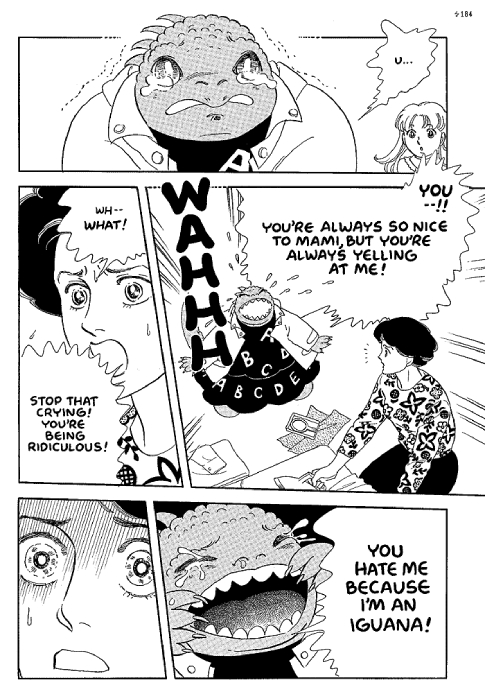
2) Émile Bravo: ‘Spirou: L’Espoir Malgré Tout; Quatrième Partie‘
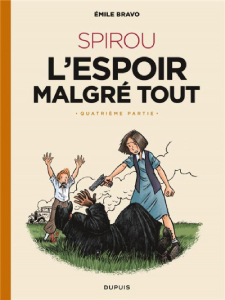
I have praised the preceding chapters of this amazing epic in the past years. I find it impressive how Émile Bravo has taken such an iconic character as Spirou, kept his personality completely intact, planted him in the most devastating, traumatizing period the modern world has known so far and developed him from there.
Spirou was always a pure-hearted boy, religious, righteous and loyal to his country and church, but that was easy in a time of peace. He now has to make tough choices and is confronted with moral dilemmas. Do you kill German conscripts to save your friends? It’s his morally ambiguous, impulsive and often egotistic friend Fantasio who comes into action now, having no qualms about blowing up a train full of Germans to prevent their Jewish friends from being deported, or shooting guns with real bullets at real people.
This is the final chapter of Spirou’s war adventures, in which he finally becomes a real boy and realises who is worth his loyalty and who definitely is not. A masterpiece.
I read the book in its original language, French, which I got on Amazon. It’s translated in Dutch. Order it here.
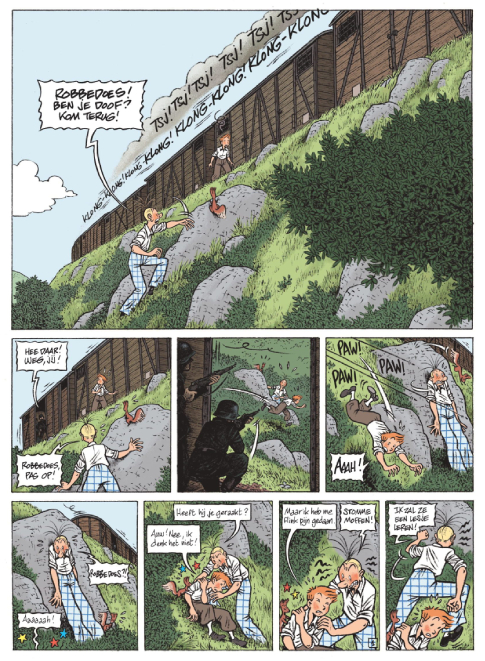
1) Joann Sfar: ‘La Synagogue‘
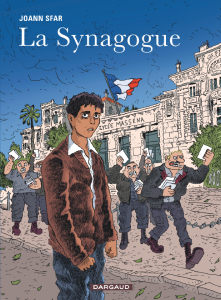
In this autobiographical bande dessinnée author Joann Sfar, struck by Covid in 2020, is visited by the ghost of French-Jewish journalist Joseph Kessel beside his hospital bed. Kessel tells Sfar he saw Hitler give a speech in some beer cellar when he was still an up and coming Nazi leader. Kessler had a revolver on him and could have killed Hitler there and then, but he didn’t think it worth the trouble because he found him to be a very mediocre loudmouth.
Nazis seldom meet up to the expectations you have of them, Sfar realises. “Even Hitler himself isn’t quite Hitler”. As a young Jewish boy in Nice he desperately tries to pick fights with the local Neo-Nazis, who are mostly schmucky kids from bourgeois families. With some of them he even becomes friends. When at last he is threatened by a group of violent Nazis it’s his Algerian friend who beats them up for him, taking immense pleasure in it.
Anti-semitic attackers
Sfar wants to beat up Nazis and takes karate lessons, but he mainly succeeds in pissing off his instructor, and gets knocked out at a boxing lesson by his Neo-Nazi friend. He volunteers to be a guard for his synagogue, mainly to avoid having to sit through the boring services. He gets krav maga lessons to fend off anti-semitic attackers, but does little else then telling visitors not to stand still in front of the building.
He is averse to violence and wants to fight the extreme right by legal means. But the authorities and the police don’t seem to care too much about the safety of the Jews in France and many main-stream politicians are openly anti-semitic themselves. When Sfar attends a gathering with extreme right politician Jean-Marie Le Pen, he sees respectable citizens, pillars of French society, applauding loudly for a Waffen-SS veteran introduced on the stage by Le Pen.
There’s little to be done about the rise of the extreme right in France, Sfar concludes, except to avoid your heart becoming hardened, as the pharao’s when Moses begged him to let him and his people leave Egypt to find their Promised Land.
Blundering fuck-ups
You may expect this almost 200 page long, very wordy graphic novel is depressing, considering the many shocking facts spooned up by Sfar throughout the book. I knew anti-semitism in France was bad, but I had no idea it was this bad and there’s a dossier of old paper clippings at the end to back everything up.
But La Synagogue isn’t depressing at all. Sfar is a funny man, at least as an author, and he turns everything into comedy. All the characters in it, the Jews and the Nazi’s and the politicians and authorities are all blundering fuck-ups except for maybe his father, a successful lawyer defending the under-dogs and defeating the bullies and power-mongers in court.
Energetic style
There is also a lot of love in the book. Sfar loves and is loved by his father, grandfather, family and friends. Sfar loves humans with all their faults, as everybody knows who read his brilliant series The Rabbi’s Cat. He looks at even the villains in his stories at a kind heart and never seems to abandon hope.
Combined with his energetic, scratchy drawing style and his art’s warm vibrant colours this makes La Synagogue an exasperating but also invigorating and inspiring read, a very entertaing graphic novel, the best I have read this year.
Available here.
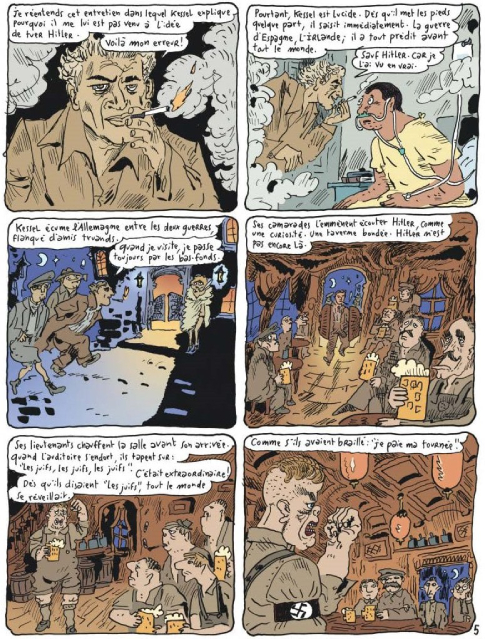

Is het Vrije Woord u écht lief? Help me dan met een financiële bijdrage. Doneer aan de enige dwarsdenkende, onafhankelijke (maar echt) site van Nederland. Rekeningnummer NL24 ASNB 8832 6749 39 (N.P. Breedveld, ASBN Rijswijk), BIC ASNB NL21. Lees hier waarom dat niet met PayPal kan, maar steunen via Patreon kan weer wel en sinds kort ook met een Tikkie. Wordt dat symbool van de Hollandse krenterigheid tenminste voor iets nuttigs ingezet. Adverteren? Mail mij.
boeken, Peter Breedveld, Strips, 29.12.2022 @ 12:41
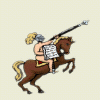
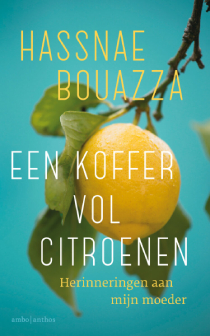
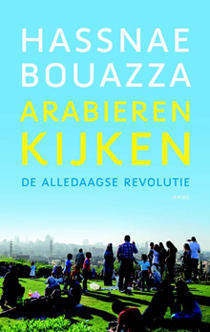
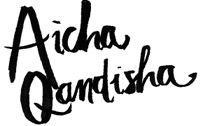

 RSS
RSS